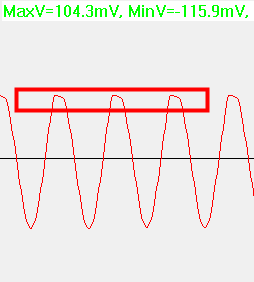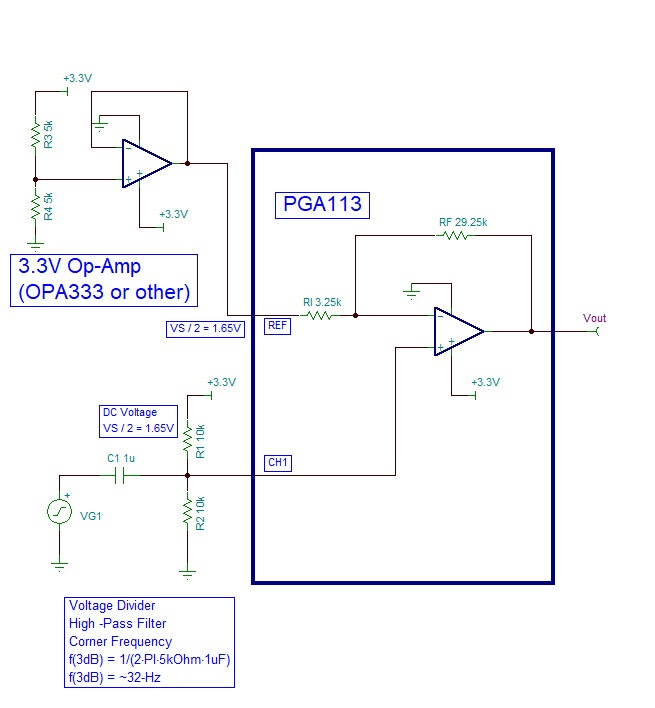Other Parts Discussed in Thread: OPA333
Hi,
below is the schematic and outpu waveform:
you can see that the postive amplitude of output is distortion.
CH1 input :11.2~12mV 160Hz ; CH0/VCAL float ; Gain of CH1=10
why the postive amilitude distortion while negative is normal?
thanks.




